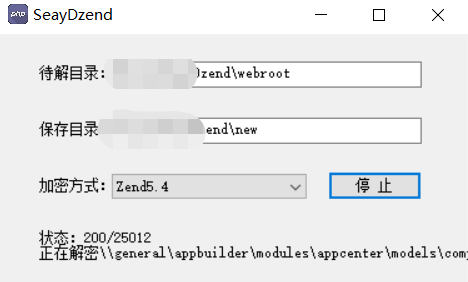I'm trying to use the Azure Active Directory Graph API (with the Azure GraphClient nuget package) to create a new application in Azure AD.
I've authenticated using an existing AAD application, so I have write access to the directory.
However, when creating the new application object the Azure Graph API returns this error:
{"odata.error": {
"code":"Request_BadRequest",
"message": {
"lang":"en",
"value":"Property value cannot have duplicate id or claim values."
},
"values":
[{
"item":"PropertyName",
"value":"None"
},
{
"item":"PropertyErrorCode",
"value":"DuplicateValue"
}
]
}
}
It doesn't say which property has a duplicate id or claim value - there are two spaces in the error message as if the name is missing.
The code which creates the Application object is this:
var appname = "Test Application create " + DateTime.Now.Ticks;
var application = new Application()
{
AvailableToOtherTenants = false,
DisplayName = appname,
ErrorUrl = null,
GroupMembershipClaims = null,
Homepage = "http://www.domain.com",
IdentifierUris = new List<string>() {{"https://domain.com/"+ appname } },
KeyCredentials = new List<KeyCredential>(),
KnownClientApplications = new List<Guid>(),
LogoutUrl = null,
Oauth2AllowImplicitFlow = false,
Oauth2AllowUrlPathMatching = false,
Oauth2Permissions = new List<OAuth2Permission>()
{
{
new OAuth2Permission()
{
AdminConsentDescription =
$"Allow the application to access {appname} on behalf of the signed-in user.",
AdminConsentDisplayName = $"Access {appname}",
Id = Guid.NewGuid(),
IsEnabled = true,
Type = "User",
UserConsentDescription =
$"Allow the application to access {appname} on your behalf.",
UserConsentDisplayName = $"Access {appname}",
Value = "user_impersonation"
}
}
},
Oauth2RequirePostResponse = false,
PasswordCredentials = new List<PasswordCredential>(),
PublicClient = false,
ReplyUrls = new List<string>(),
RequiredResourceAccess = new List<RequiredResourceAccess>(),
SamlMetadataUrl = null,
ExtensionProperties = new List<ExtensionProperty>(),
Manager = null,
ObjectType = "Application",
DeletionTimestamp = null,
CreatedOnBehalfOf = null,
CreatedObjects = new List<DirectoryObject>(),
DirectReports = new List<DirectoryObject>(),
Members = new List<DirectoryObject>(),
MemberOf = new List<DirectoryObject>(),
Owners = new List<DirectoryObject>(),
OwnedObjects = new List<DirectoryObject>()
};
await client.Applications.AddApplicationAsync(application);
Am I missing a property? There doesn't seem to be any non-unique properties, and the application is created with a unique name.


